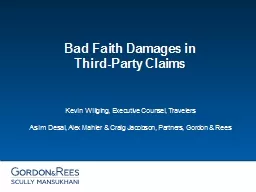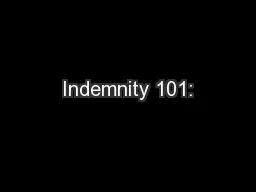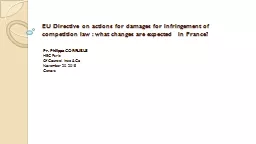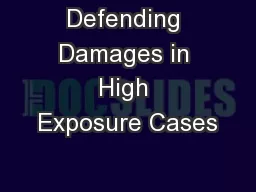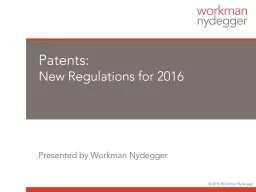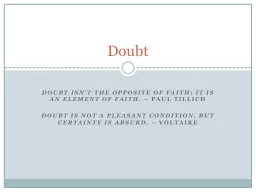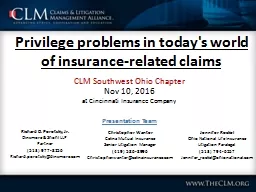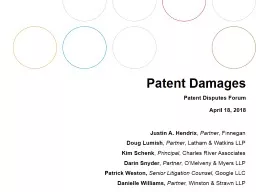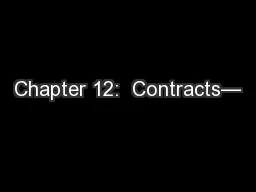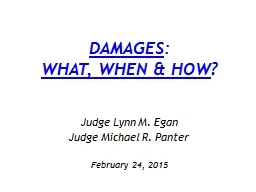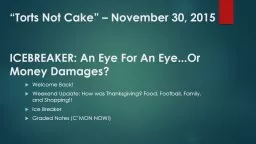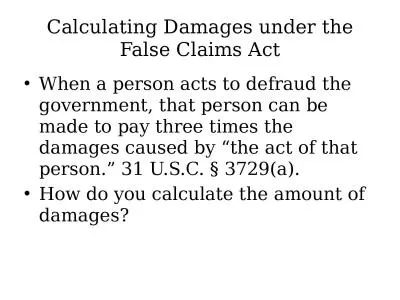PPT-Bad Faith Damages in Third-Party Claims
Author : liane-varnes | Published Date : 2019-06-20
Kevin Willging Executive Counsel Travelers Asim Desai Alex Mahler amp Craig Jacobson Partners Gordon amp Rees Outline What is Good Faith Claim Handling Dealing
Presentation Embed Code
Download Presentation
Download Presentation The PPT/PDF document "Bad Faith Damages in Third-Party Claims" is the property of its rightful owner. Permission is granted to download and print the materials on this website for personal, non-commercial use only, and to display it on your personal computer provided you do not modify the materials and that you retain all copyright notices contained in the materials. By downloading content from our website, you accept the terms of this agreement.
Bad Faith Damages in Third-Party Claims: Transcript
Download Rules Of Document
"Bad Faith Damages in Third-Party Claims"The content belongs to its owner. You may download and print it for personal use, without modification, and keep all copyright notices. By downloading, you agree to these terms.
Related Documents

